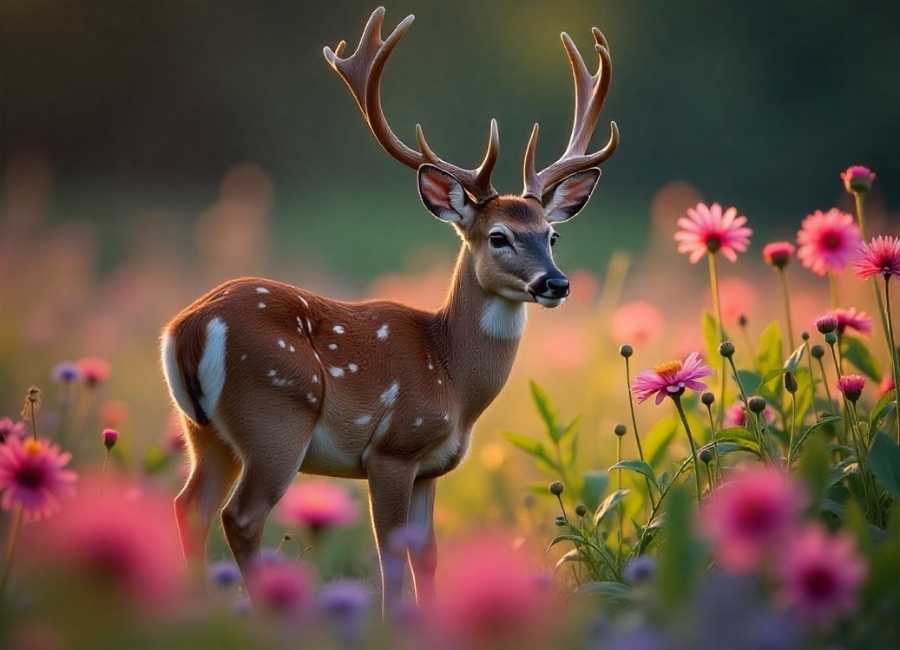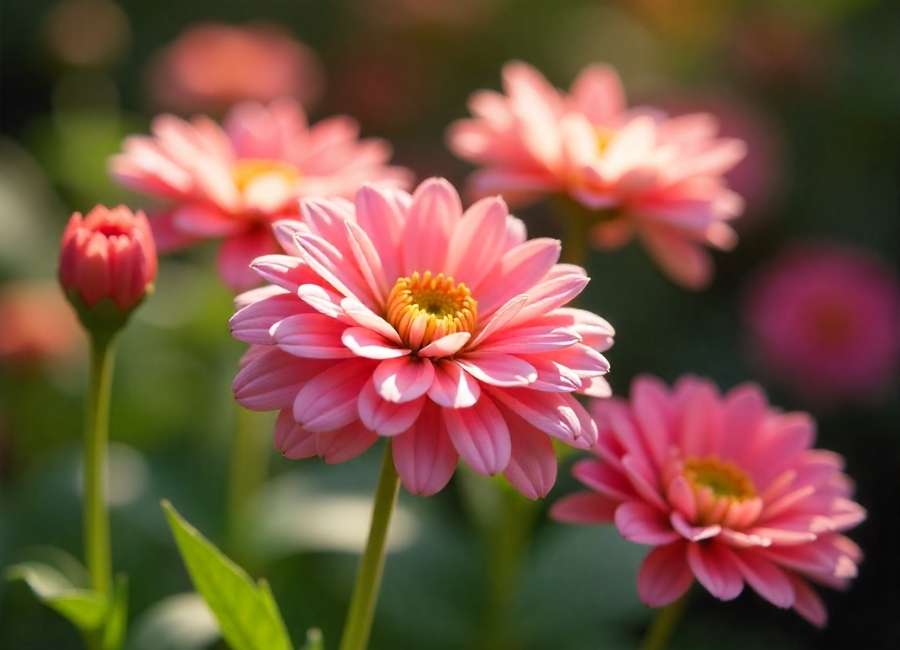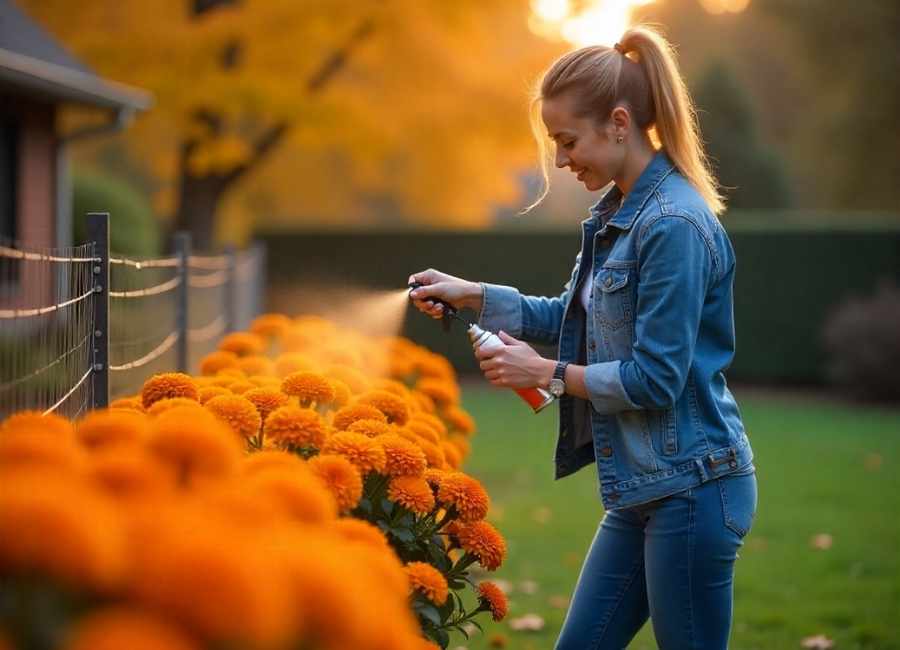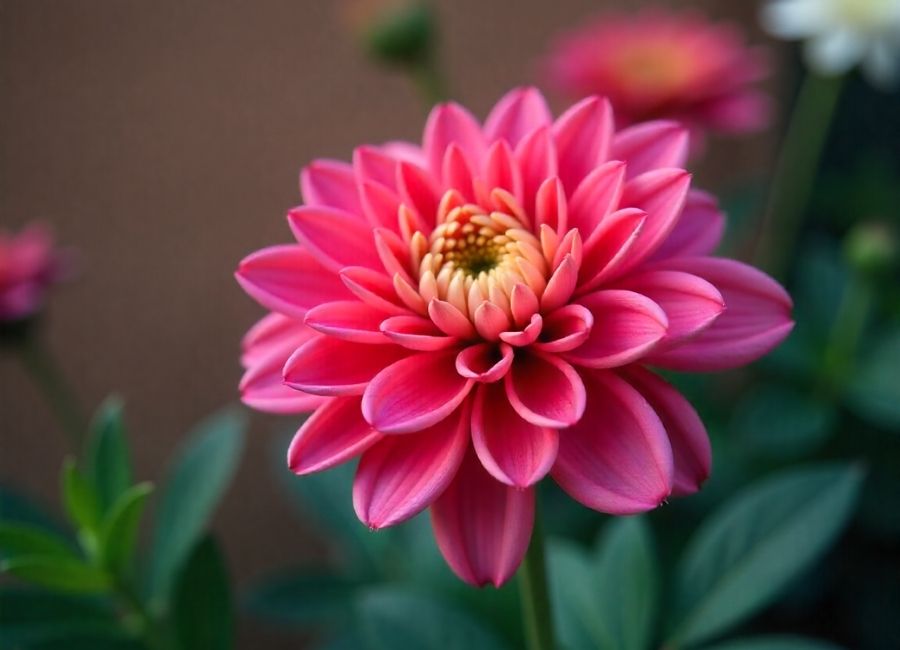When it comes to gardening, nothing is more frustrating than seeing the hard work you’ve put into your plants sabotaged overnight. For gardeners who love chrysanthemums, or “mums,” one of the biggest questions is often about protecting these vibrant autumn blooms from wildlife, particularly deer. If you’re wondering whether deer eat mums and how to protect your garden, you’re in the right place.
By the end of this article, you’ll know whether mums are safe in your deer-populated neighborhood, why they might attract deer, and practical strategies to safeguard your garden. Let’s dig in!
Do Deer Eat Mums

The short answer is yes, deer do eat mums—but there’s a bit more to the story. Deer are known to be opportunistic feeders. This means that, when food is scarce, they’re not particularly picky and will nibble on a wide variety of plants. While mums are not exactly a “deer favorite,” they can certainly end up on the menu under the right (or, rather, wrong) circumstances.
Why Do Deer Eat Mums
There are a few reasons why mums might attract deer into your garden.
- Hunger during colder months: During late fall and early winter, food sources for deer become less abundant. This scarcity can make usually resistant plants, like mums, more appealing.
- Fixation on colorful blooms: The bright, eye-catching colors of mums might make them more noticeable to a deer wandering through your garden.
- Tender new growth: If you’ve recently planted fresh mums, their tender shoots and petals may appeal to deer as an easy snack.
While deer don’t typically seek out mums as their first dining choice, don’t assume your plants are safe without taking precautions.
Are Mums Deer Resistant

Mums are classified as somewhat deer-resistant, meaning most deer won’t actively seek them out. However, when food is scarce, they’ll eat almost anything—including these flowers. The allure of your garden mums also depends on specific factors, like their variety, time of year, and your local deer population.
What Makes a Plant Deer Resistant
To better understand why mums are somewhat deer-resistant but still vulnerable, it helps to know what qualities tend to deter deer:
- Strong smells: Deer tend to avoid plants with strong scents, like lavender or mint. Certain mum varieties with a stronger aroma may fare better.
- Texture: Fuzzy or tough leaves and stems often deter deer, as they are unpleasant to chew. While mums have slightly textured foliage, it’s not enough to guarantee complete protection.
- Toxicity: Plants that are toxic to deer are usually avoided. Mums are not toxic to deer, making them fair game.
How to Protect Your Mums from Deer

The good news is you don’t have to sacrifice your garden to a wandering herd of deer. Here are tried-and-true strategies to keep your mums safe.
1. Use Deer Repellents
Deer repellents are one of the simplest ways to protect your mums. These products work by emitting strong smells or tastes that deer dislike. Some repellents are commercially available sprays, but DIY options can work too. Consider:
- Homemade sprays made from garlic, soap, or cayenne pepper diluted in water.
- Motion-activated repellents, like sprinklers or ultrasonic devices, to startle deer and keep them away.
Make sure to reapply sprays regularly, especially after rain.
2. Install Physical Barriers
Fencing is a highly effective method for keeping deer out. Deer are excellent jumpers, so fences should be tall (about 8 feet) to be effective. If a high fence isn’t an option, try these alternatives:
- Netting around individual mums or flower beds.
- Plant cages to shield your plants from grazing.
These barriers can provide physical protection without interfering much with your garden’s aesthetic.
3. Plant Deer-Resistant Companion Plants
Surround your mums with plants that deer dislike. This creates a natural barrier around your mums, making them less appealing. Great deer-resistant companion plants include:
- Lavender
- Sage
- Daffodils
- Salvia
- Yarrow
By mixing these into your landscaping, you can discourage deer from venturing further into your garden.
4. Practice Seasonal Prevention
Deer are most interested in mums during late fall, so timing is everything. You can protect your mums during this vulnerable period by:
- Using seasonal netting or temporary fencing.
- Planting mums closer to your home or in pots you can move indoors at night.
5. Opt for Deer Deterrents with Multi-Function
Consider investing in products like deer-resistant mulch or wildlife lights to protect your entire garden. These tools deter both deer and other wildlife pests.
6. Stay Vigilant
Walk through your garden frequently to look for signs of deer activity, like droppings, tracks, or nibbled leaves. Catch issues early and reinforce your prevention techniques as needed.
Should You Plant Mums in a Deer-Heavy Area
If you live in a region with a high deer population, you might wonder if it’s even worth planting mums. The decision ultimately depends on:
- Your willingness to protect them using the strategies outlined above.
- Your garden layout. If you’ve already included deer-resistant plants, you have a higher chance of success.
- Your local climate. Areas with abundant natural deer food may face fewer issues compared to areas where deer have limited options.
While mums are a beautiful addition to any garden, knowing that they’re “deer snacks” under certain conditions can help you plan accordingly.
Wrap Up Your Garden Defense
Deer may have a reputation for nibbling on just about anything, but there’s no need to sacrifice your mums. With a little effort, you can enjoy vibrant blooms all season long. Whether you choose repellents, barriers, or companion planting, keeping deer out is entirely possible.
Have deer been sneaking into your garden? Share your experiences and best tips in the comments!











